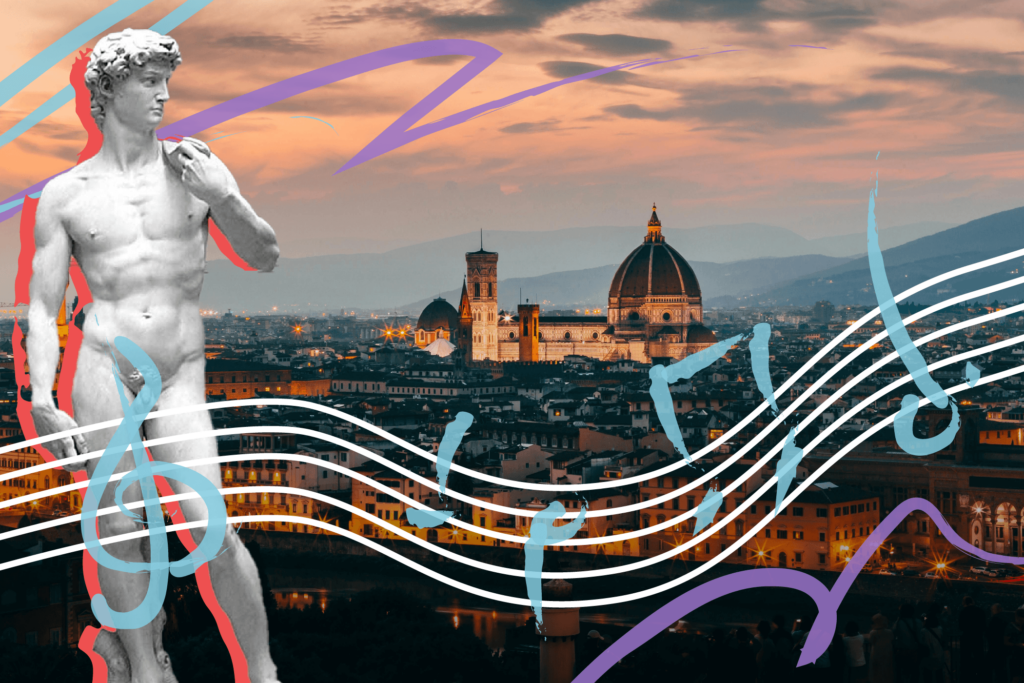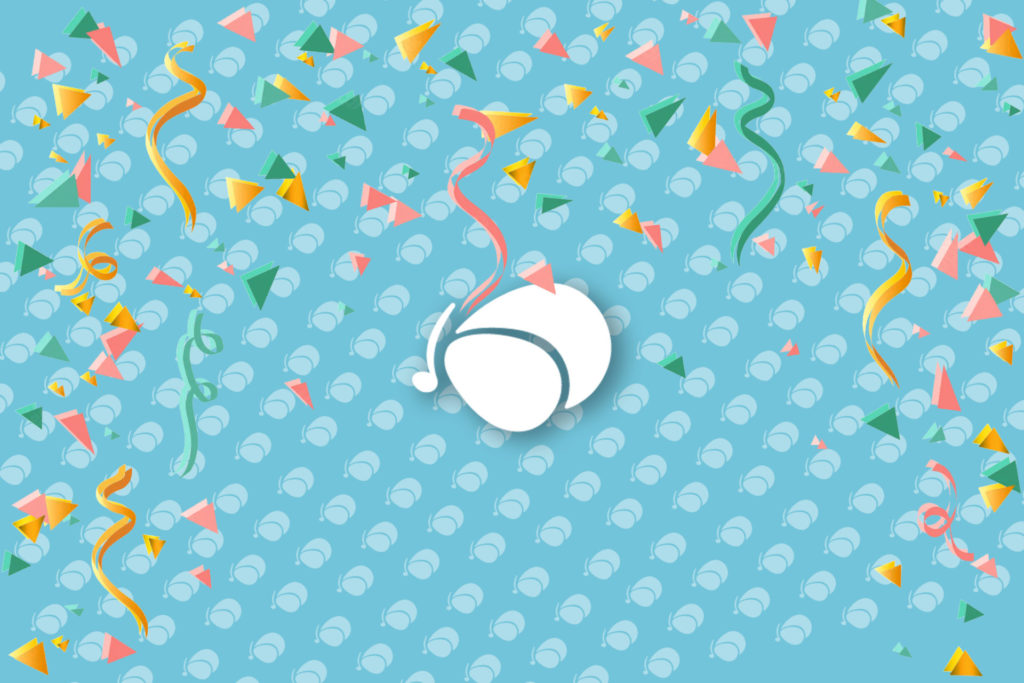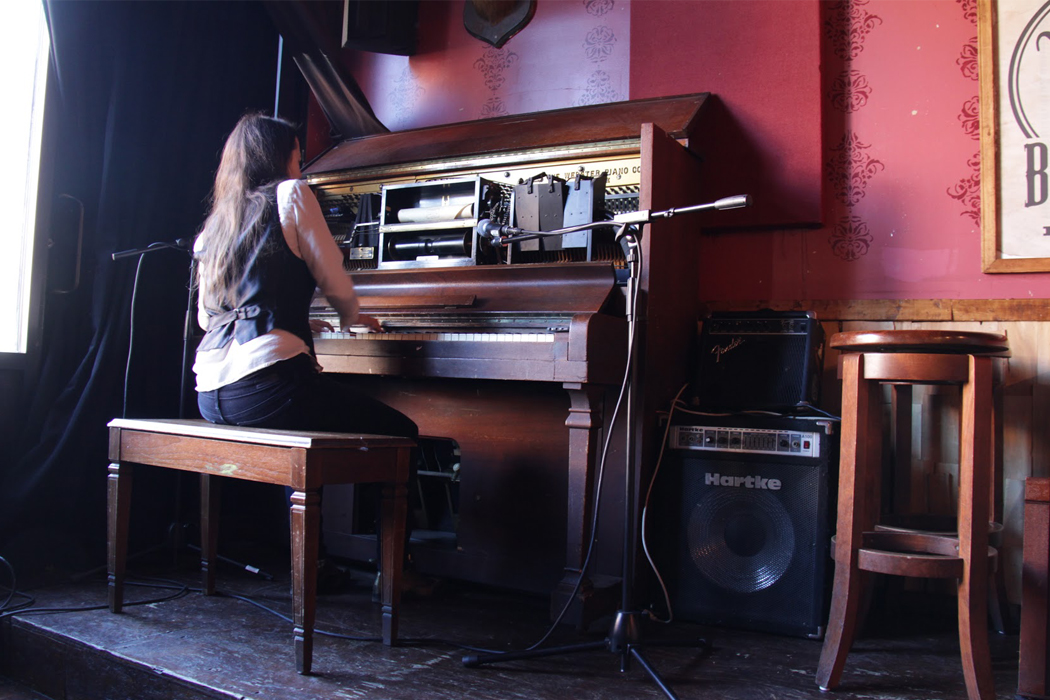
By Mara Rosenbloom
Photos by Nick Lerman
Musicians throw around the term “the blues” a lot. Often there seems to be an assumption that we all know — and agree on — what that term means. In a jazz context, say, a jam session, if someone says, “let’s play a blues,” typically the only follow-up question is, “what key?” In fact, if you’ve taken part in any aspect of jazz academia – a high school combo, a rudimentary workshop, or even a college jazz studies program – there’s a good chance day one was spent on the blues: the teacher chalks up the structure of a 12-bar blues on the board, offers up a melody as simple as the one for C Jam Blues (a single repeating phrase consisting almost entirely of repeating C notes), and perhaps a pentatonic scale for “improvisation,” and the lesson is over.
Even though I loved the blues before I had ever seen any part of it written out, I can admit to being distracted by this presentation of the blues until recently, thinking, “I guess I just need to get deeper and deeper into this 12-bar form, and then I will know about the blues.” While I do think there’s something to be said for the endurance and simplicity of the 12-bar form, recently I’ve run into a much needed wake up call: The blues is a century-old tradition, and like any tradition that stretches back through the history of a people, a nation, a struggle, a survival — its layers stack down deep, and its intricacies twist thickly.

John Lee Hooker drew me in first. Someone had given me his 1964 album Burning Hell a while back, and after one listen straight through, I felt compelled to listen again. By the third time, I pulled out a toy guitar (literally, a small toy I bought for $30 at a toy store 10 years ago) and tried to bend a few strings in time, and feel out some of the rhythms. I like to occasionally get into music this way, because the guitar is not my primary instrument, and the toy version I have is a mess – I let it go out of tune, and generally pick it up having no idea what notes I’m actually playing. In this way, I give myself a chance to get into the music organically, by feel, before my brain jumps in to assess the technical details.
After a few plays through the record, a few songs are jumping out in particular, so I pick one for step two: singing.
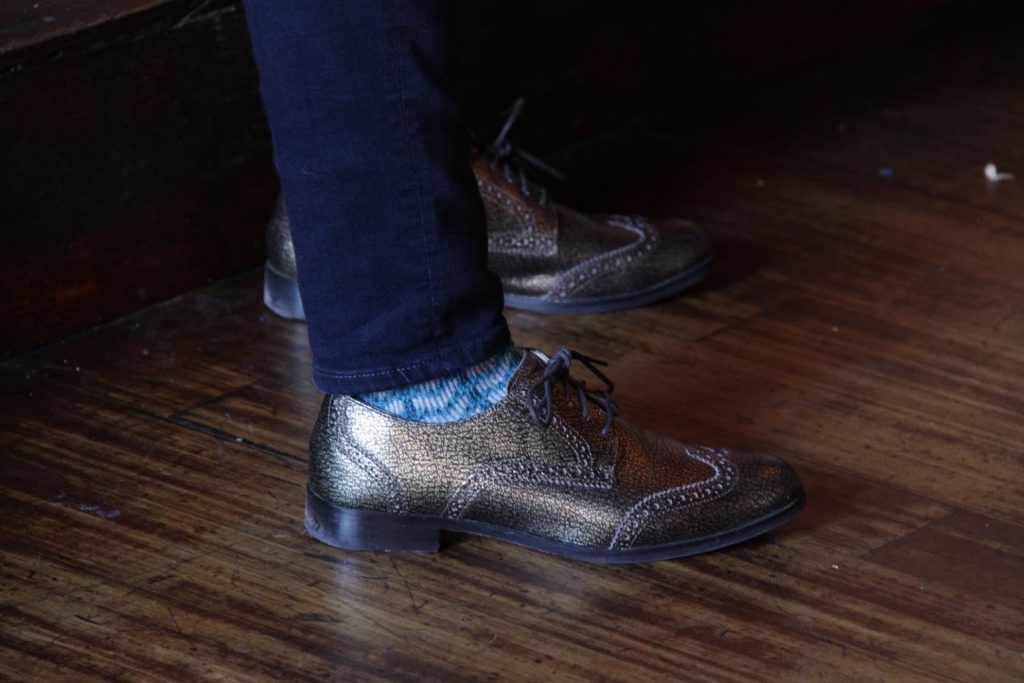
One of my mentors, improvising pianist Connie Crothers, turned me on to singing with records, and it’s had an immediate and deep effect on my playing. I’m not just singing along the way you absent mindedly do in your car on in the shower; I’m trying to emulate every detail, including the things I’m not sure I’ll ever be able to match on my instrument – pitch bends, rambles, and all.
Hooker’s singing is full of lines that quiver, pitches that don’t really exist on the piano, and something so personal I know I’ll never grasp it fully. His timing and delivery don’t fall into the predictability of a strict 12-bar blues, or within the confines of a pentatonic scale, but land with the conviction that I can only assume comes from a life lived.
When I begin to really sing in line, the work seems to take effect twofold: I’m both internalizing the technical aspects of the music, and also making a connection to the underlying humanity – the hurt, humor, and heartbreak become unavoidably audible: I feel it.
Yet, trying to translate all the details to the piano is like trying to play someone’s laughter, or encompass a teardrop in each note. Even within a repeated melody that doesn’t stretch wider than 5 notes, like Son House’s version of “Death Letter Blues,” the delivery of each line shifts under the weight of each lyric, with House’s voice rumbling into an important point or quickening and trailing off at a vulnerable admission.
https://www.youtube.com/watch?v=RK7M3n6Wwo0
Reaching for this depth of expression is changing my playing. Eight months in, I find I’m throwing my hands at the piano from an unusual height, unconsciously standing up from the bench to get the energy out. The results include a strengthening of musical ideas I’ve been working at a long time – steady internal pulse, dynamic depth, the overlapping of major and minor tonalities. Maybe it’s a trick of the ear, but I think I’m even bending notes.
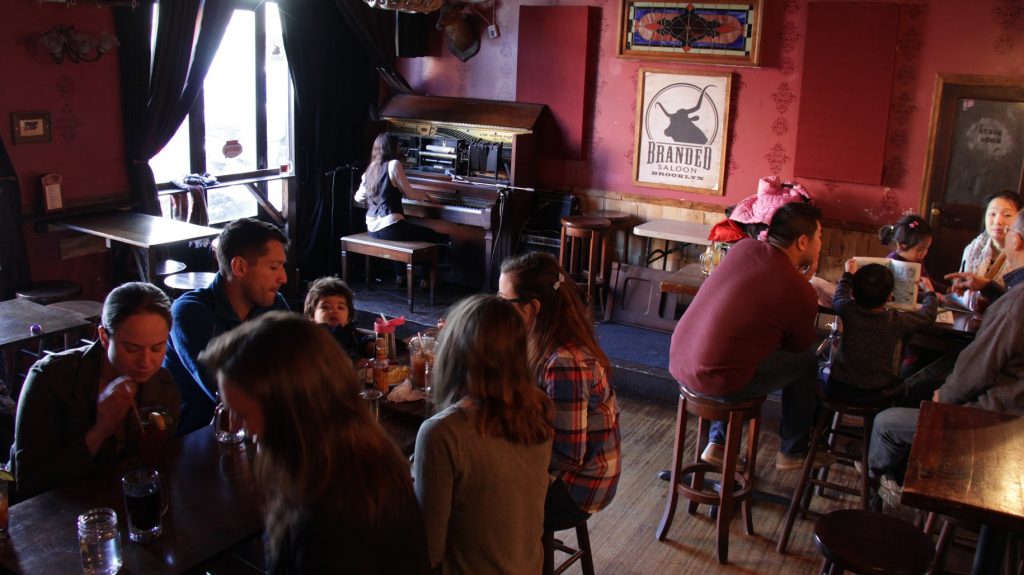
I’m definitely connecting to the roots of some aural fixations I’ve had as far back as I can remember, but perhaps more importantly, by listening beyond the basic structure and obvious melody notes, I’ve begun to hear something deeper — roots that pre-date my life, and a human experience that resonates with, but ultimately exists outside of my own. Since it’s my aim as a musician to connect, hopefully as a means of lifting people up and bringing them together, this is a breakthrough.
I didn’t know when I put on that first John Lee Hooker album that digging deep into the blues would be “impossible without, at the same time, getting deeper into the history of the people,” as Amiri Baraka (LeRoi Jones) puts it in his book, “Blues People,” an exploration of how the blues has served as an “expression and reflection,” of African American life/history, but I’m glad it has turned out that way.
There is a beautiful quote from civil rights activist and blues singer Barbara Dane. When she was asked in an interview “why the blues?” She said, “Because they speak from the heart to the heart. The blues were born out of the worst conditions one people can force upon another, out of slavery and exploitation and were given to the world in the spirit of turning madness into sanity, pain into joy, bondage into freedom, and enmity into unity. This is music for survivors, and this spirit is something to be learned from, shared and spread as far as it will go!”
+ Learn more: Sign up for our new blues course for free today!
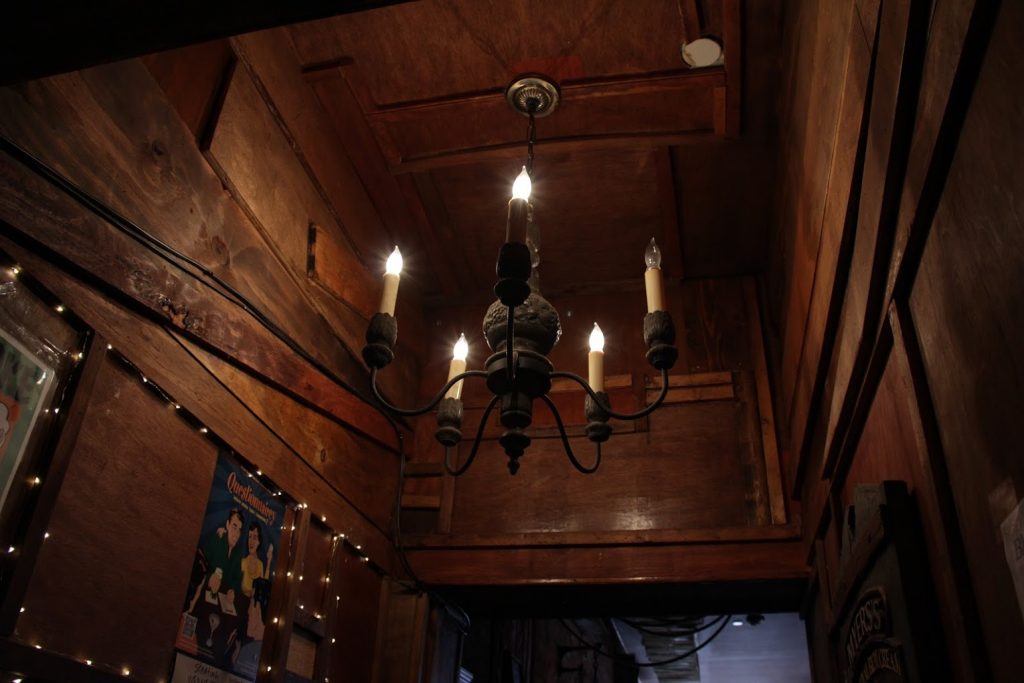
So. I have set myself to playing a 90-minute set of straight blues – songs I’ve learned from listening — at a neighborhood bar/restaurant/venue in Prospect Heights, Brooklyn: the Branded Saloon. There’s an old honky-tonk piano in the back, and a pretty low-key vibe to the place. I’m no John Lee or Lightnin’ Hopkins, so I’m not asking folks to pay a cover and sit quietly like I would when I present my own band and compositions. In the tradition of the house piano players that pre-dated the iPod and Sirius radio, I’ll be telling old stories (through music) in the back room, and I hope to hear some while I’m at it. I’m not sure if my playing of the blues will inspire others the way the originators of the blues have inspired me, but… I hope it will be a start. At least, I hope I can make a space to share the music that continues to teach me so much, to begin a dialogue, and to connect.
This is my conversation with the blues, and it’s going to be a long one. Come by the Saloon, take a seat and come chat sometime. The Blues Brunch is a bi-monthly event, set this month for Saturdays March 12 and 26, 12:30 – 2:00PM. For future dates, stop by www.mararosenbloom.com or the Branded Saloon Calendar.
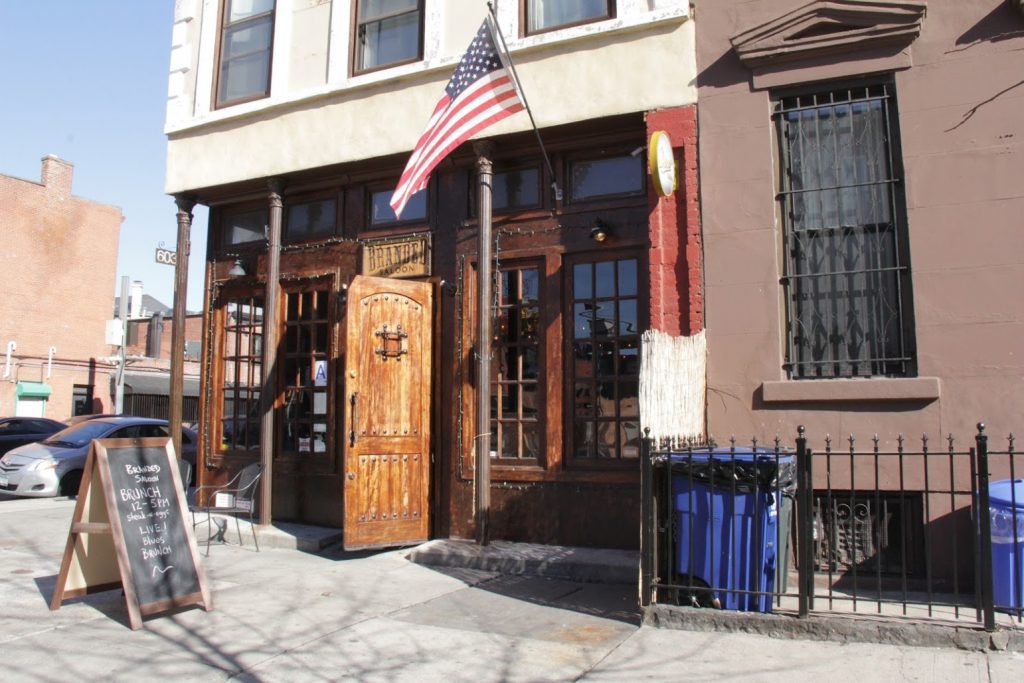
—

Mara Rosenbloom is a Brooklyn-based pianist, composer, bandleader, and educator. She performs regularly as a soloist and as the leader of the Mara Rosenblom Quartet, Prairie Burn Trio, and Flyways. Time Out New York calls her music “soulful, songful, striking,” while the UK Jazz Journal has praised it’s “lyricism and raw feeling.” Her works have been premiered at the Blue Note Jazz Club in New York, featured in the New & Noteworthy jazz section on iTunes, and selected for the New Music Box Mix: Jazz Edition. Over the past year, Rosenbloom has also stepped into New York’s alt cabaret scene, working as a pianist and musical director for Kristin Dausch’s Jagged Little Year and Earl Dax’s Weimar, NY, and performing at Joe’s Pub.


